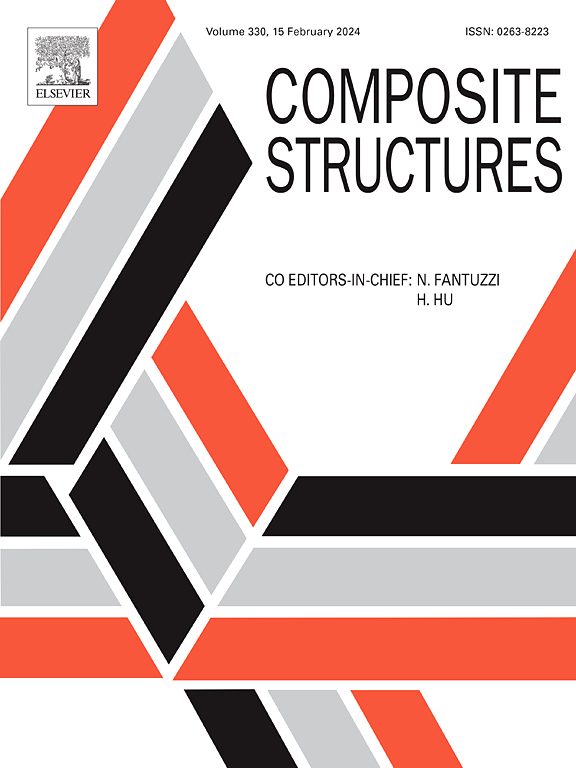Design of thermal meta-structures made of functionally graded materials using isogeometric density-based topology optimization
IF 6.3
2区 材料科学
Q1 MATERIALS SCIENCE, COMPOSITES
引用次数: 0
Abstract
The thermal conductivity of Functionally Graded Materials (FGMs) can be efficiently designed through topology optimization to obtain thermal meta-structures that actively steer the heat flow. Compared to conventional analytical design methods, topology optimization allows handling arbitrary geometries, boundary conditions and design requirements; and producing alternate designs for non-unique problems. Additionally, as far as the design of meta-structures is concerned, topology optimization does not need intuition-based coordinate transformation or the form invariance of governing equations, as in the case of transformation thermotics. We explore isogeometric density-based topology optimization in the continuous setting, which perfectly aligns with FGMs. In this formulation, the density field, geometry and solution of the governing equations are parameterized using non-uniform rational basis spline entities. Accordingly, the heat conduction problem is solved using Isogeometric Analysis. We design various 2D & 3D thermal meta-structures under different design scenarios to showcase the effectiveness and versatility of our approach. We also design thermal meta-structures based on architected cellular materials, a special class of FGMs, using their empirical material laws calculated via numerical homogenization.
求助全文
约1分钟内获得全文
求助全文
来源期刊

Composite Structures
工程技术-材料科学:复合
CiteScore
12.00
自引率
12.70%
发文量
1246
审稿时长
78 days
期刊介绍:
The past few decades have seen outstanding advances in the use of composite materials in structural applications. There can be little doubt that, within engineering circles, composites have revolutionised traditional design concepts and made possible an unparalleled range of new and exciting possibilities as viable materials for construction. Composite Structures, an International Journal, disseminates knowledge between users, manufacturers, designers and researchers involved in structures or structural components manufactured using composite materials.
The journal publishes papers which contribute to knowledge in the use of composite materials in engineering structures. Papers deal with design, research and development studies, experimental investigations, theoretical analysis and fabrication techniques relevant to the application of composites in load-bearing components for assemblies, ranging from individual components such as plates and shells to complete composite structures.
 求助内容:
求助内容: 应助结果提醒方式:
应助结果提醒方式:


